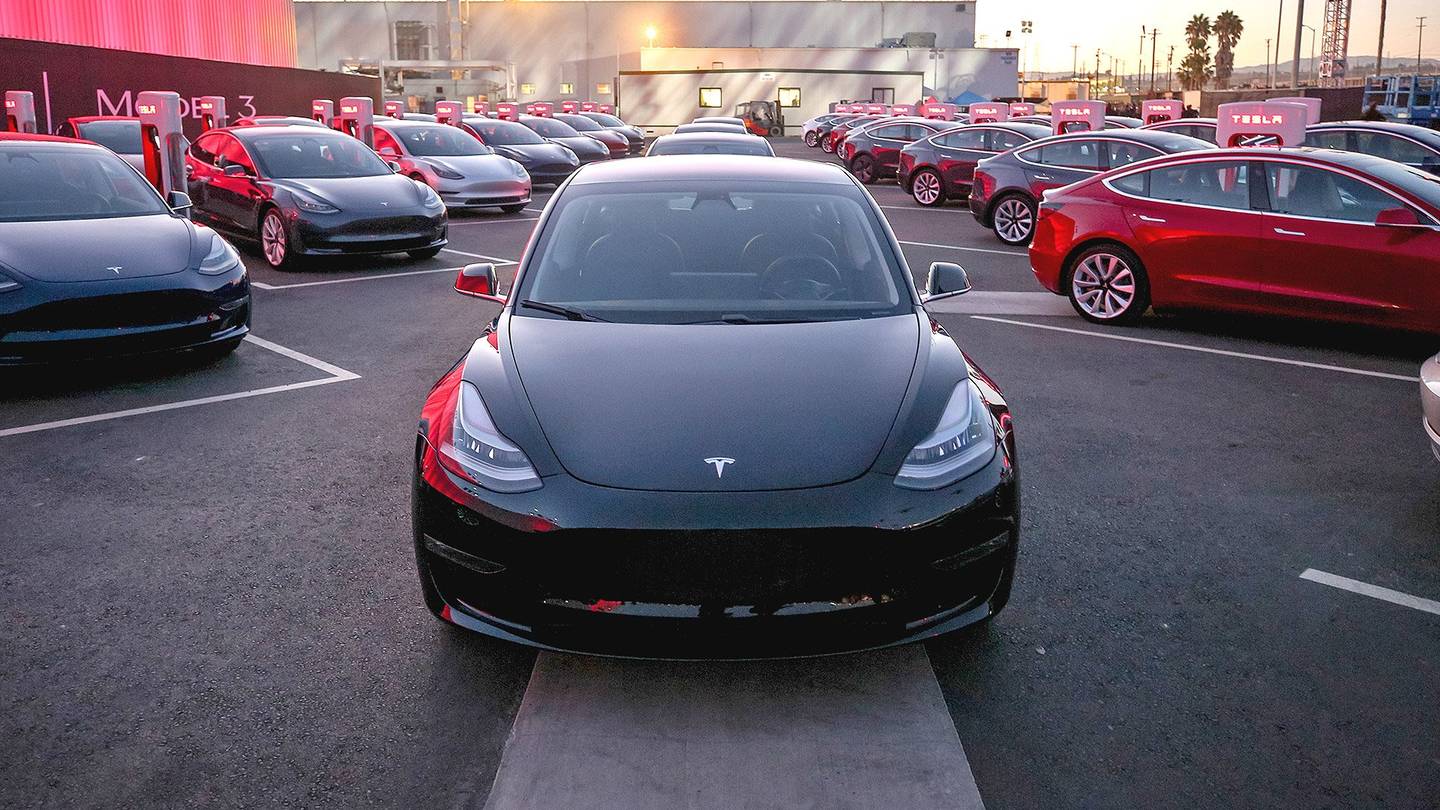To the surprise of almost everyone, when the Tesla Model 3 was presented, it confirmed the rumors that it did not have an internal air conditioning system using a heat pump. A very efficient system that has been mounted for seven years by much more modest models such as the Renault ZOE. But now it seems at last that Tesla is getting ready to fix this situation, at the same time that it makes discrete but far-reaching changes in the production of its batteries.
On the one hand, there is the question of the heat pump, which curiously if it carries the Model Y—an especially useful element in areas where the temperature in winter drops significantly. The autonomy of electric cars usually falls due to the greatest need to air-condition the interior.
Until now, the owners of the Model 3 had to resort to the system by eAC compressor, in addition to resorting to the handy heated seats. But this does not prevent the loss of autonomy from exceeding 30%.
Now Tesla is preparing to unify the production of the Model 3 and the Model Y, which will initially involve the installation of the heat pump in the new units of the Model 3 that does not yet have a confirmed start date for production.
Also, the car and the SUV will see how the shape of their battery packs is unified. An element with small differences that have a more efficient design in the case of the Y, which once demonstrated its effectiveness will be transferred to 3.
With this step, Tesla will be able to gain efficiency, standardize the 3 and Y battery packs that leave the Fremont plant, and at the moment, the only one affected by these changes. At the moment, the only supplier outside of China.
Greater efficiency could be behind the recent price reduction of the Model Y, which, as we recall, has eliminated its Standard access version, and cut the cost of the Long Range Dual Motor by $3,000. We should also see some changes in the short term applied to a Model 3 that will be renewed discreetly but significantly to improve its proposal.
To achieve this, Tesla will have to make changes to the production lines. Something that usually involves stops in them. An aspect that is generally carried out taking advantage of the summer vacation period, which would mean starting to deliver these new units in the autumn-winter of this year thanks to the enormous flexibility that Tesla lines usually have, capable of adapting the offer almost instantly.

